An Introduction to Colour Grading
The process of colour grading is something that is used in almost every piece of professional video. Colour grading can take the form of simple colour correction such as correcting white balance, or can be used to give a particular look, e.g., making a scene look warm or cold.
Whilst it is mostly associated with recorded video, it is also something that’s important in motion graphics too. First we’ll take a look at exactly what colour grading is then we’ll look at some of tools you can use to grade your videos.
What is colour grading ?
Wikipedia defines colour grading as
“Color grading is the process of altering and enhancing the color of a motion picture or television image, either electronically, photo-chemically or digitally”.
These days almost all colour grading is done digitally using various systems or applications. Colour grading can consist of one or all of the following: changing brightness; changing contrast; adjusting white point; adding or removing red, green and blue; or applying filters.
What can i use colour grading for?
Colour grading in it’s most basic form is usually used to either correct shots, i.e., white balance or to match one shot with the next one, but can also be used to give a piece a look, or, for example, to make the sky more blue or someones skin look more flesh coloured.
So how does this relate to motion graphics? Well imagine the scene, you’ve rendered out something from your 3D package, it’s took 9 hours to render, and now the client has decided he wants that blue to be stronger and more vibrant. Do you go back to to your 3D package adjust that blue and wait another 9 hours for it to render? No! Because the client wants it ASAP, with colour grading you can adjust the blue in a fraction of the time that it would take to render out. That’s just one example, but there are many more scenarios were colour grading can be your friend.
What software do i need for colour grading?
Most video editing software and motion graphics software contains some form of tolls to allow for colour correction and grading. I’ll run through some of the most common ones.
Final Cut Pro
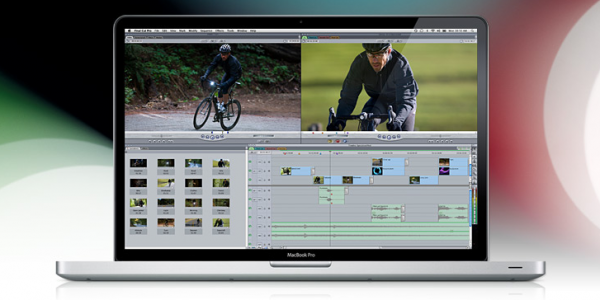
Final cut pro contains some good colour correction tools; not the most extensive or the best sometimes, but it’ll certainly do the job alot of the time!
Color
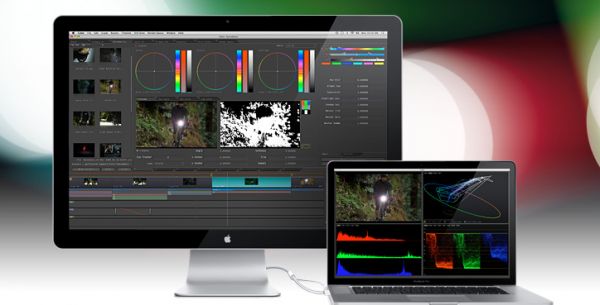
If your serious about colour correction and intend to do alot of it, Color is part of Final Cut Studio and is very good at colour grading providing lots of tools for correcting problems or giving a scene a look. Integrates very well with it’s Final Cut Studio brother ‘Final Cut Pro’
After Effects
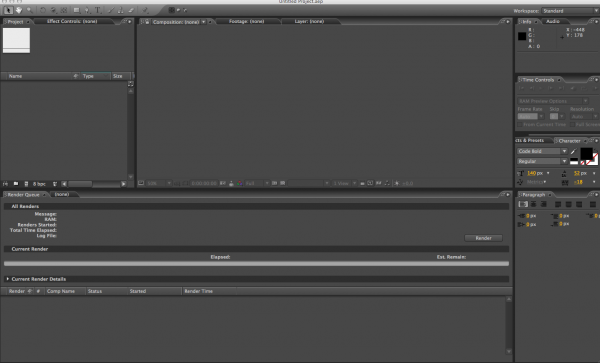
After Effects is another program that has some great inbuilt colour grading tools, there are also a number of plug-ins available to extend it’s capabilities such as Red Giant’s Colourista II, this plug-in is also available for Final Cut too.
Premiere Pro
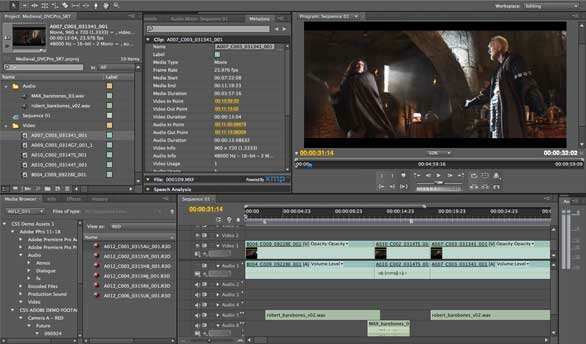
Premiere pro has a similar toolset for colour grading to Final Cut, not the best but certainly more than capable for most jobs.
Avid
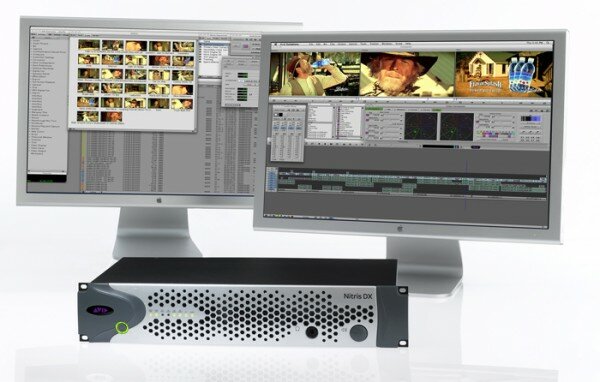
Avid is another video editing programme that can be used to colour grade, with a very robust set of tools.
I hope you’ve enjoyed this introduction to colour grading and let me know in the comments if you want to know more.

Hi, I’m from Nottingham in the United Kingdom. I’ve been writing about motion graphics on Motion Design Love for a while now, as well being a Video Editor and Motion Designer by Day. I probably spend most of my waking hours either doing something with motion graphics or thinking about stuff I can do with motion graphics. I’m looking forward to writing some great articles for Fuel Your Motionography, I hope you’re all looking forward to reading them!


Okay, this is officially my new favorite site. I’ve only read two of your posts so far, and they’ve both been awesome! I’ve gotta catch up with the rest!
I’m glad you’re liking the site! We have a lot more great articles planned, so stay tuned!
Nice, brief overview. Will there be a part two?
Welcome, Atlanta VP!
There will be a second part! Keep an eye out for it!
No love for Resolve or the the Smoke systems? I’ve been playing around with both recently: Smoke’s color warper and tracking is awesome for grading, and well, Resolve is hollywood’s top choice for a reason . . . it’s node based system is amazing!
A good overview of the basic tools though! Keep ‘em coming!
Hey mjmurdock,
I’m aware of those high end systems, which are fantastic but didn’t want people thinking they needed a massive high end system to do it, so just wanted to introduce it to people as something they can quite easily do!
Glad you liked it though!
What about Color finesse V.3? Its supposed to be quite good. Any experience with/knowledge about the program?
Color Finesse is another great program . . . I use it through After Effects as a plugin, but It’s got a ton of great features for creating looks and balancing out shots. It also works with control surfaces, I’ve used it with the tangent wave and it handles quite nicely.
Like this post. Its really informative.
Thanks a lot for sharing.